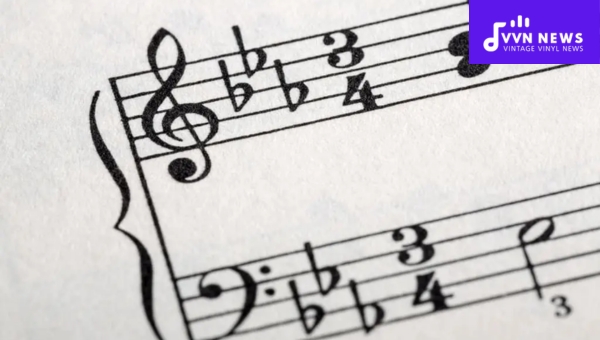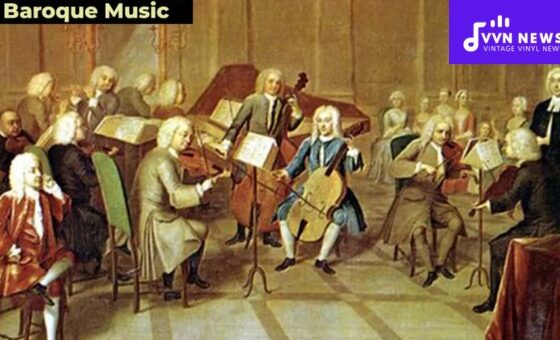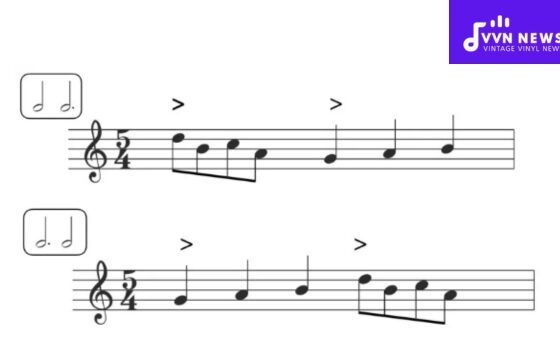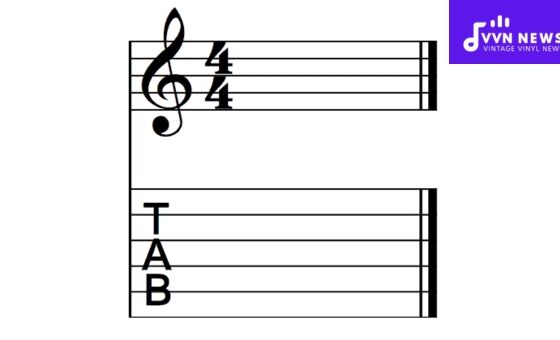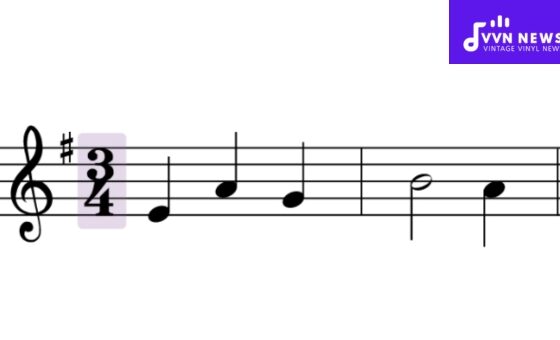If you’ve ever been swept up in the rhythm of a song, tapped your feet to the beat of a drum, or hummed along to your favorite tune, you’ve experienced firsthand the power of a time signature.
But what is a time signature? It’s not just music jargon; it’s the heartbeat of every song, the backbone that gives structure to our favorite melodies.
In simple terms, time signatures are like the rhythmic road maps of music. They guide musicians and composers alike, helping them understand how many beats are in each measure and which type of note gets one beat.
This might sound difficult at first, but once you have grasped its basics, you will find your comprehension and enjoyment of music greatly enhanced. Now let’s dive into this fascinating world of musical notation!
What Is a Time Signature?
Time signature, an essential element in the world of music alluding to the pattern of rhythms, can be seen depicted in musical notations.
Notably, it comprises two numerals at the beginning of each piece, one stacked on top of the other. The top number, fascinatingly enough, indicates the number of beats in each measure.
Contrarily, the bottom number tells you which type of note carries a beat – quarter notes (4), half notes (2), eighth notes (8), and so forth. With this guidepost in place, we pave a rhythmic path for musicians to follow and appreciate the symmetry in music.
To put it into perspective, if you come across a 4/4 time signature (undeniably the most ubiquitous one), there are four beats to each measure, and a quarter note gets one beat.
On this premise, musicians and composers construct different rhythmic patterns to weave the magical symphony that makes our hearts flutter with pleasure.
Also Read: A Sharp Minor Pentatonic Scale [Unique Harmonic Possibilities]
How Do Bar Lines Work About Time Signatures?
In music notation, bar lines are vertical lines that intersect staves, graphically laying out a song’s structure.
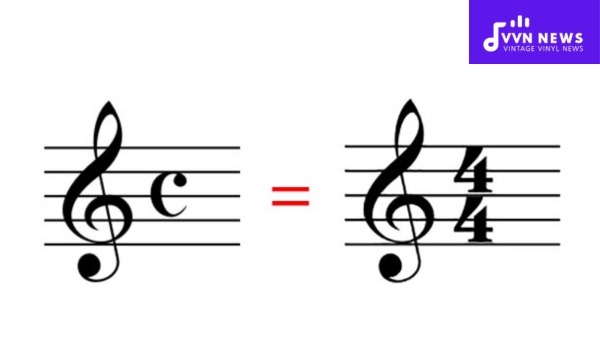
You can picture them as separators that act in unison with time signatures, helping to partition a piece of music into measures. Each measure, bordered by these bar lines, must contain the number of beats specified by the time signature.
For instance, if you see a 4/4 time signature (commonly referred to as “four-four” time), it means you should count four beats in each measure divided by the bar line.
These boundaries provide clarity and syncopation for both performers and listeners alike.
What Does the Bottom Number in a Time Signature Indicate?
Deciphering time signatures can often seem daunting, but focusing on the bottom number provides clarity.
This figure represents the note value assigned to each beat. In essence, it dictates what type of note receives the emphasis—a crucial component in rhythmically navigating a piece of music.
For example:
- A 4 at the bottom signifies quarter notes (1/4) are the pulse.
- An 8 indicates eighth notes (1/8) take precedence.
Imagine you encounter a time signature of 3/4. Here, the “4” tells you that the measure is counted in quarter notes—three beats per measure with each beat being a quarter note long.
This subtly influences your rhythmic approach, affecting how you count and play or sing the piece. Properly interpreting this aspect ensures you don’t mistakenly rush through eighth notes or linger too long on half notes during performance or practice.
Also Read: Transposition Chart [A Lifesaver For All Musicians]
How Does a Time Signature Affect Note Lengths and Counts?
The time signature, primarily, prescribes the rhythm’s framework for a piece of music. It directly influences the duration each note is held and how counts within a measure are distributed.
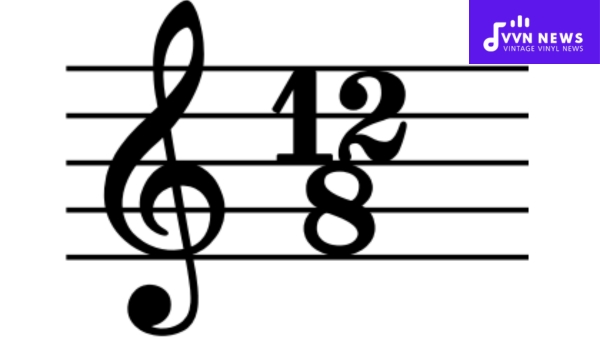
To illustrate, consider a 4/4 time signature: 4 beats per measure with the quarter note receiving one beat. A whole note would span the entire measure, while eighth notes would be counted twice per beat.
Contrastingly, in a 3/8 time signature, you’d have 3 beats per measure, but this time an eighth note is one beat, leading to quicker counts and shorter note lengths within the measure. This change compels musicians to recalibrate their playing to fit the prescribed pattern.
Thus, two components – the number of beats in a measure (the top number) and the note value that receives one beat (the bottom number) – cooperate to establish not only how measures are counted but also how to ingrain rhythm into music.
How Can Ear Training Help with Time Signatures?
Ear training is an essential element in grasping the concept of time signatures.

This auditory skill development allows you to discern and internalize rhythms, leading to a more intuitive sense of musical timing.
Enhancing Beat Detection
By practicing ear training, you can more easily identify the pulse of a piece of music—the beat that you naturally tap your foot to.
Regular exposure and attentiveness to various musical styles will heighten your ability to detect different time signatures purely by listening.
Recognizing Patterns
Time signatures often exhibit distinct rhythmic patterns. For instance, a waltz usually carries a 3/4 time signature, where you’ll discern a strong-weak-weak pattern.
Developing your ear facilitates recognition of these patterns without requiring visual cues from sheet music.
Distinguishing Meter Changes
In compositions with meter changes—shifts in time signature during the piece—ear training plays a pivotal role in recognizing these transitions smoothly.
It’s like having an internal metronome that accurately follows the changing rhythmic landscapes.
Streamlining Music Performance
For musicians, strong listening skills enable quicker adaptation to time signature nuances. Whether in rehearsals or live performances, being able to audibly dissect these elements keeps the music cohesive and in sync.
Dedication to developing your ear for rhythm will greatly benefit your musical proficiency in time signatures.
The ability to discern shifting beats and meters through sound alone is not only impressive but also fundamental for any aspiring musician or avid listener aiming to fully appreciate the architecture behind their favorite tunes.
Also Read: How To Transpose Into The Tenor Clef? [Mastering In Notation]
FAQs
What is the purpose of a time signature in sheet music?
A time signature indicates how many beats are in each measure and the note value that represents one beat.
Can a piece of music change time signatures midway through?
Yes, composers can change time signatures within a piece to add variety or align with a musical narrative.
Why do some songs feel faster than others, even if they have the same time signature?
The tempo, which is the speed at which a piece is played, affects how fast or slow a song feels, not the time signature.
Are there any time signatures that are considered unusual or complex?
Time signatures like 5/4 or 7/8 are less common and can produce an unconventional rhythmic feel compared to standard 4/4 or 3/4 times.
Does each genre of music typically use specific time signatures?
Certain genres tend to favor particular time signatures; for example, waltzes commonly use 3/4, while most pop music sticks to 4/4.
Also Read: How To Transpose Into The Tenor Clef?
Conclusion
A time signature provides structure to the flow of music. It helps you understand how to count a piece, ensuring musicians across the globe can synchronize their performances.
Grasping time signatures enhances your musical intuition and your appreciation for the complexity of compositions. Whether you’re a budding musician or an avid listener, taking the time to understand this concept will deepen your connection with music.
Dive deeper, practice frequently, and let the rhythm guide you—it’s a universal language that speaks to us all.
